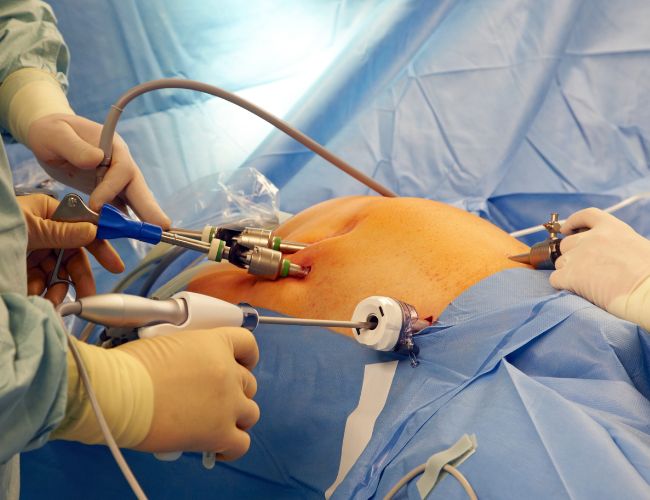- Mon - Sat 08:00 AM - 08:00 PM
- Call Us: +91 77603 00622
- himasglobalhopital@gmail.com

Laparoscopic surgery is a technique in which short, narrow tubes are inserted into the abdomen through small incisions. Through these trocars, long, narrow instruments are inserted and surgeon uses these instruments to manipulate, cut, and sew tissue.
Procedure of Laparoscopic SurgeryIn laparoscopic surgery, the surgeon makes several small cuts wherever required to operate. Usually, each one is no more than a half-inch long. They insert a tube through each opening, and the camera and surgical instruments go through and the surgeon does the operation or laparoscopic surgery.
Risks are rare but serious. They include:
Some individuals may have an adverse reaction to the carbon-dioxide gas that is used to inflate the abdominal cavity for the procedure.
Risks include:
All surgeries come with certain risks. These include: